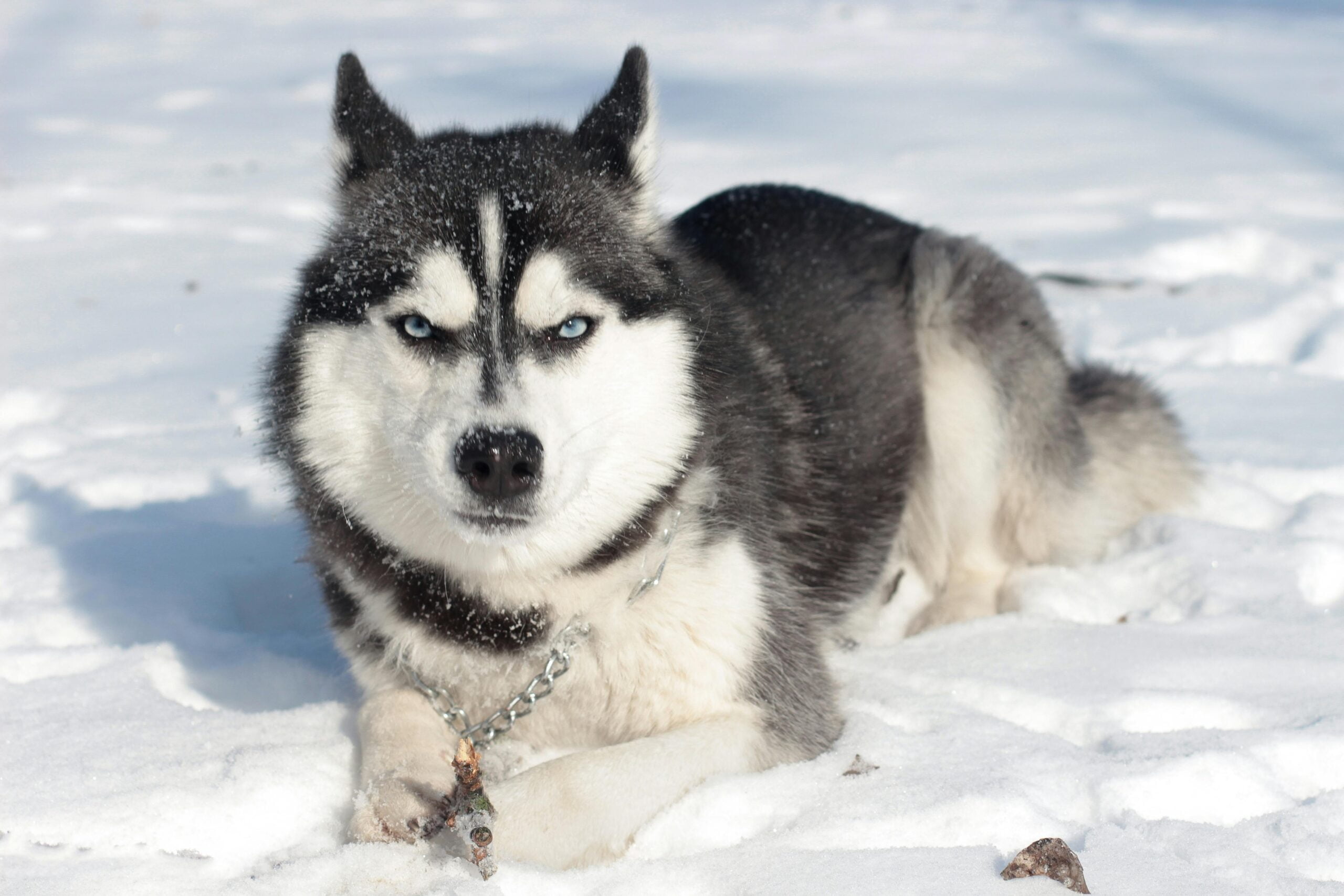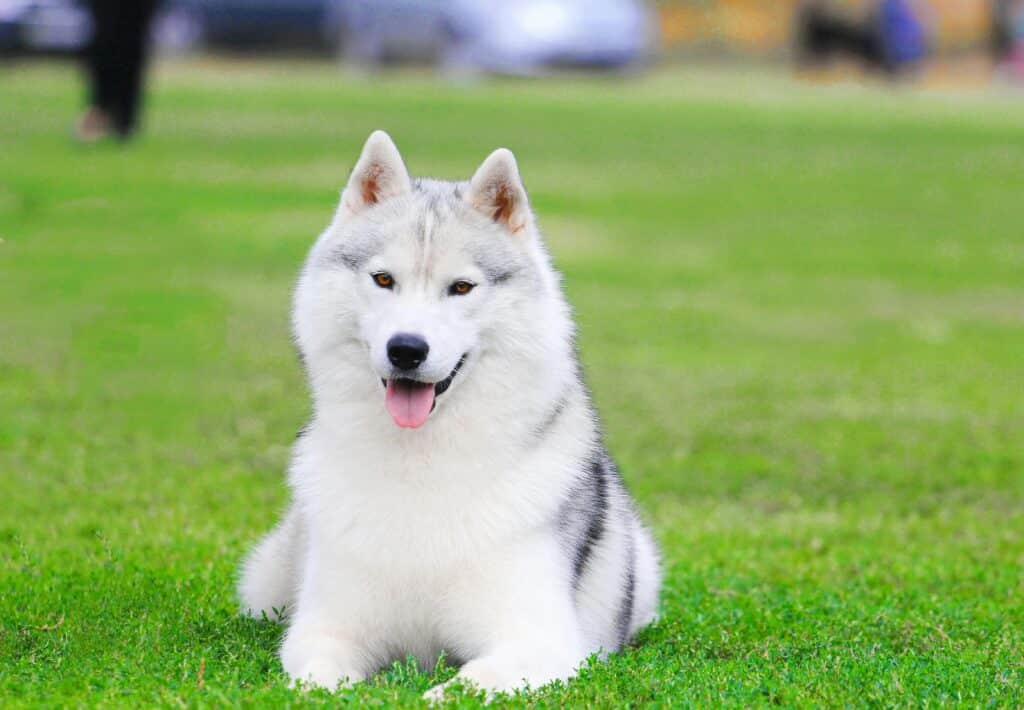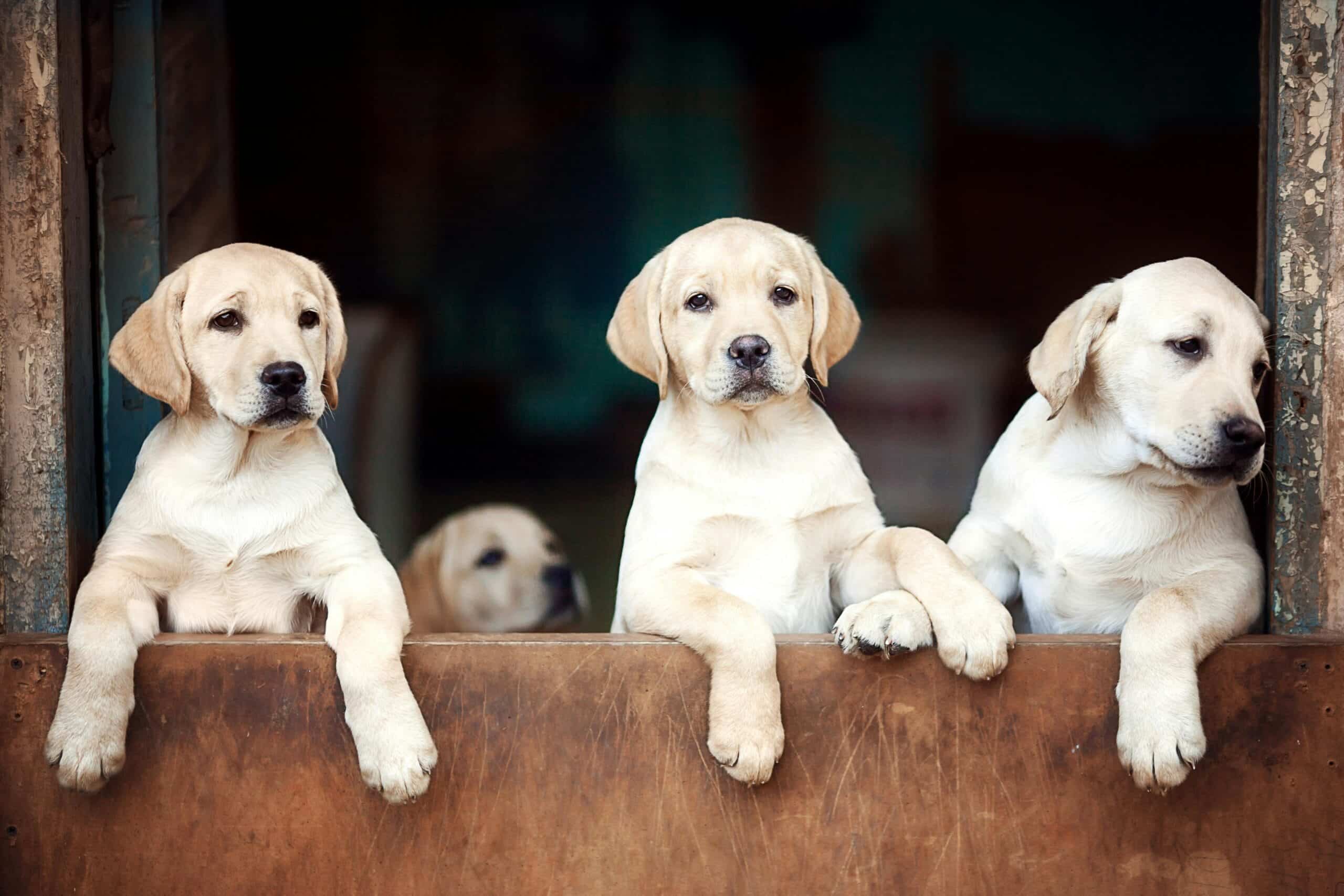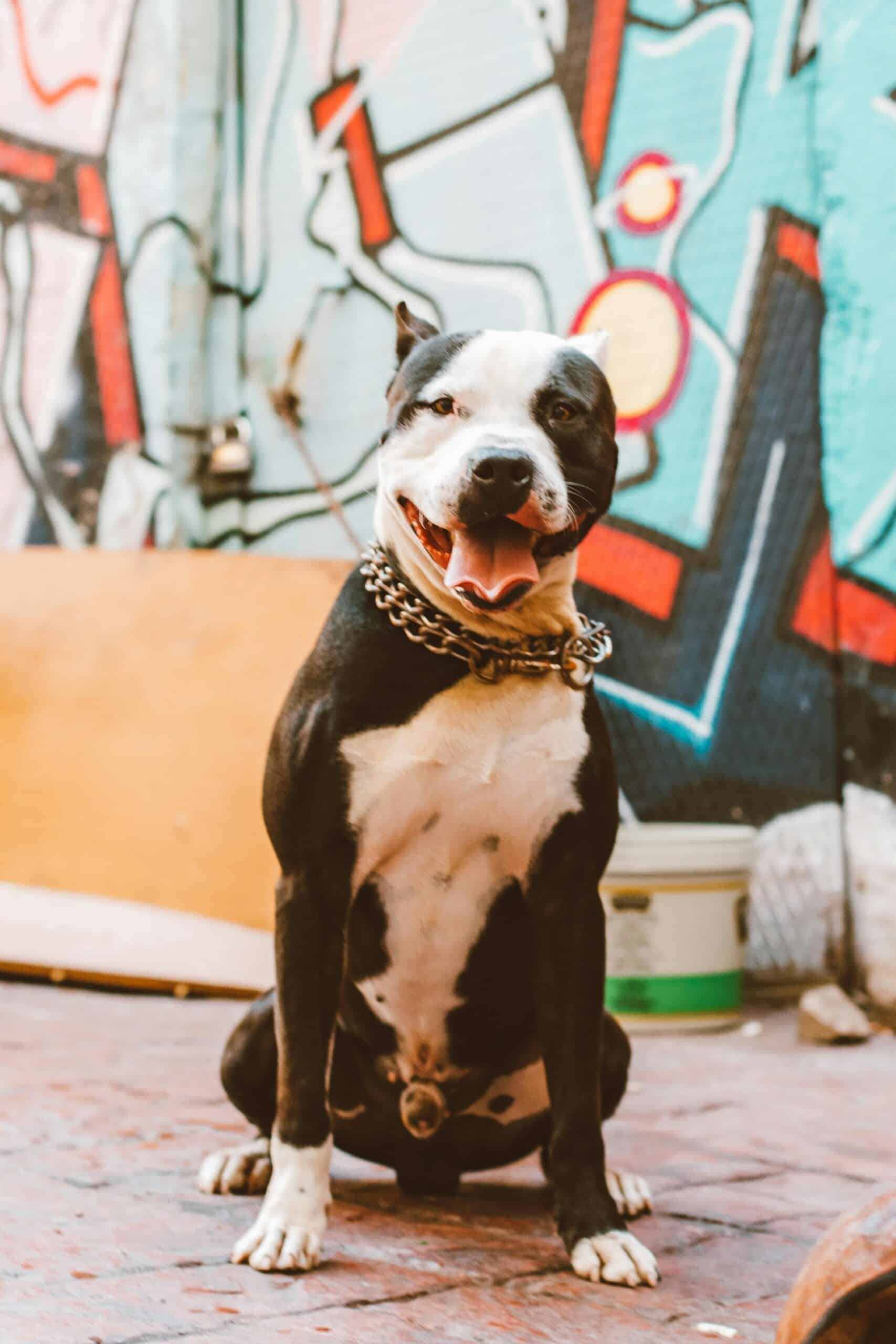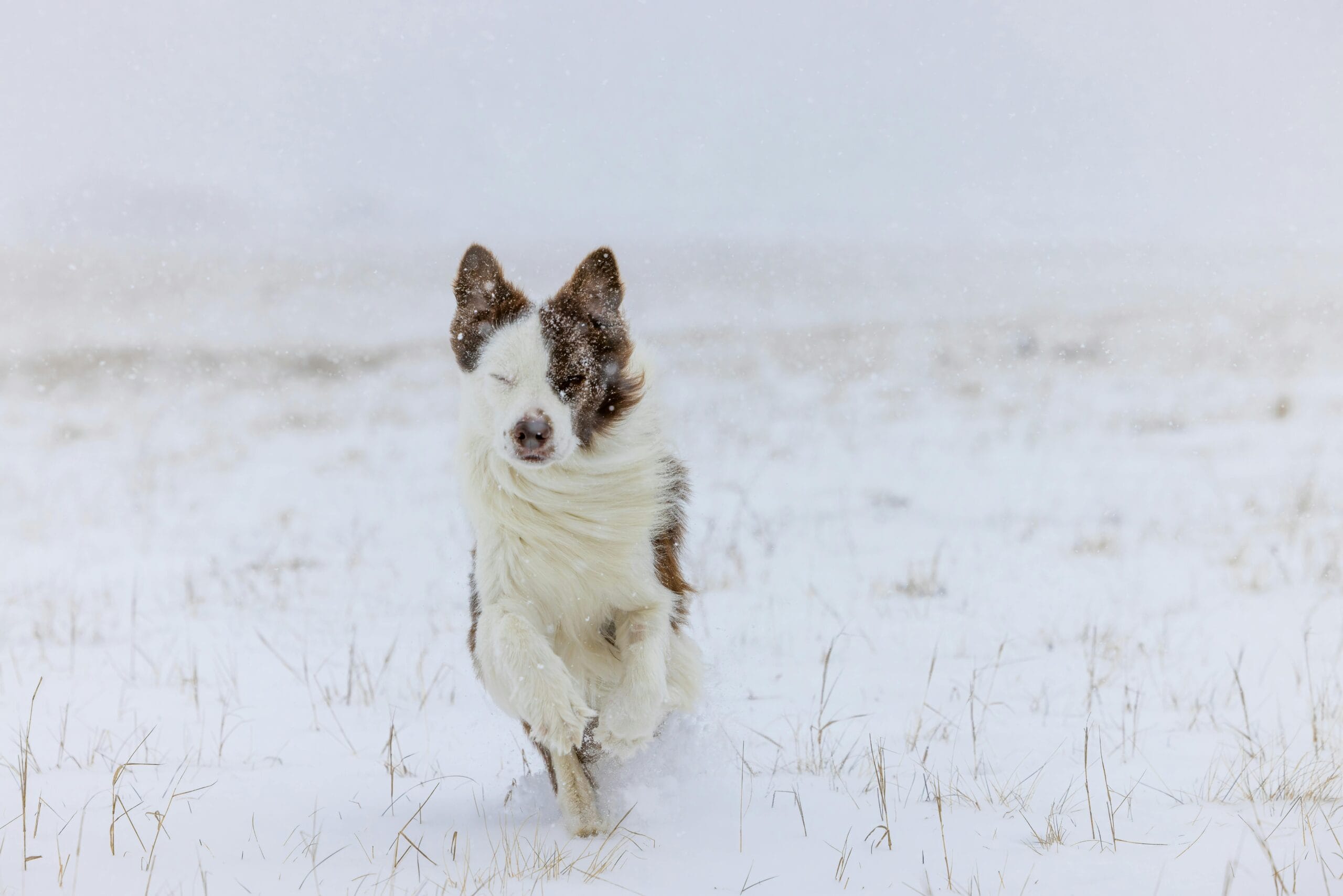If you are looking for information about a dog breed as interesting as the Siberian Husky, you have come to the right place.
In this article, we will explore in detail the origin, history, physical traits and characteristics, temperament and other details about this fascinating breed. Join us!
History and Origin of the Siberian Husky Dog
The Siberian Husky is a breed of working dog bred in Siberia, Northeast Asia, where the Chukchi people developed the breed specifically for use as a sled dog and companion dog, as it was mostly valued. Genetically, the breed of this dog comes from the Spitz family.
An elegant and athletic dog with great endurance and a willingness to work, the Siberian Husky was brought to Alaska in the early 20th century. In 1909, locals became interested in the breed for sled dog racing. It soon established itself as a consistent winner, which brought the Siberian Husky to the United States.
In 1925, the breed became famous for saving the city of Nome (Alaska) during a diphtheria epidemic; teams of Siberian Huskies battled the blizzard to bring serum to the frozen city over 1,085 km.
This breed, which has been kept pure for hundreds of years in Siberia, was recognized in 1966 by the Fédération Cynologique Internationale (Fédération Cynologique Internationale), as a member of the Spitz and primitive types group (Nordic sled dog subgroup). Also, in 1930 by the American Kennel Club as a member of the working group.
Siberian Husky Dog Traits and Characteristics
Mischievous and cheerful personality
Playful and fun-loving, Siberian Huskies have a cheerful and lively personality that encourages everyone who crosses paths with them. Although they are very energetic and sometimes intense dogs, they can be affectionate and gentle when properly cared for.
Their mischievous nature demands an owner who is willing to keep up with them both physically and mentally. If you have an active household and plenty of time to devote to your dog, they could be a wonderful companion.
They love the company of both people and animals and would adapt well to a home with other animals. This breed can also get along especially well with children, provided the dog is well trained and socialized.
Appearance of the breed
The Siberian Husky is an elegant dog with a dense, soft coat, measuring between 51 and 61 cm (20 and 24 inches) in height at the withers and weighing between 16 and 27 kg (35 and 60 pounds). It usually has head markings resembling a cap, mask or spectacles.
Siberian Huskies are medium-sized working dogs. Their compact bodies are built for endurance, so they can pull sleds for miles without running out of energy.
Other features
- Ears
The ears of the Siberian Husky are triangular and set high on the head. - Eyes
Their eyes are almond-shaped, can be blue or brown, and some have one of each color. - Nose
The nose of the Siberian Husky is neither pointed nor square, and depending on the coat color, it can be black, liver (brown) or flesh colored. - Height
Male: 21-23.5 inches
Female: 20-22 inches - Coat length
The Siberian Husky has a medium-length double coat, with longer guard hairs on top and a soft, thick undercoat. - Coat color
The Siberian Husky's coat can be smooth or include markings. Colors include white, black, gray, sable, red and agouti (alternating black and tan bands on the hair shaft). - Cola
The Husky's tail is thick and has a shape similar to a fox's tail. It tends to curve upward when the dog is attentive, and it is normal for the tail to drag when the dog is resting. - Weight
Male 45-60 pounds
Female: 35-50 pounds
Curiosities and interesting facts
Exercise
Huskies can benefit from activities such as running as long as it is not too hot outside. Otherwise, you may have to find creative ways to exercise your husky indoors, as this breed tends to get uncomfortable in warm conditions.
Huskies like to dig, so expect lots of holes in the yard. A bored husky indoors or outdoors can be very destructive.
Cleanliness
The Siberian Husky's dense double coat makes the breed able to withstand very low temperatures. The undercoat of the Siberian Husky is soft, while the top coat is thicker and slightly rough.
This breed of dog will have minimal shedding for much of the year and then shed quite a bit over a period of about three weeks, known as blowing out the coat. It will be an arduous task to keep up with the shedding during that time and your yard (and your home) will likely be full of tufts of husky hair.
Thoroughly brush your husky once or twice a week. Trim his nails regularly and keep them short to prevent them from splitting and causing discomfort. Brush your dog's teeth a couple of times a week to maintain good oral health.
Training
Huskies are energetic, intelligent dogs that can be vocal (often in the form of howling or whining). They require a lot of training and exercise to keep them happy and healthy.
Many huskies are eager to explore and can run away, so they cannot be walked off leash, as they would be exploring and chasing small animals. They also need a sturdy physical fence, high enough so they can't jump over it and protected so they can't dig under it.
Serious training is absolutely essential to help your Husky focus his energy. Keep in mind that without sufficient exercise, a Husky can seem out of control at times.
